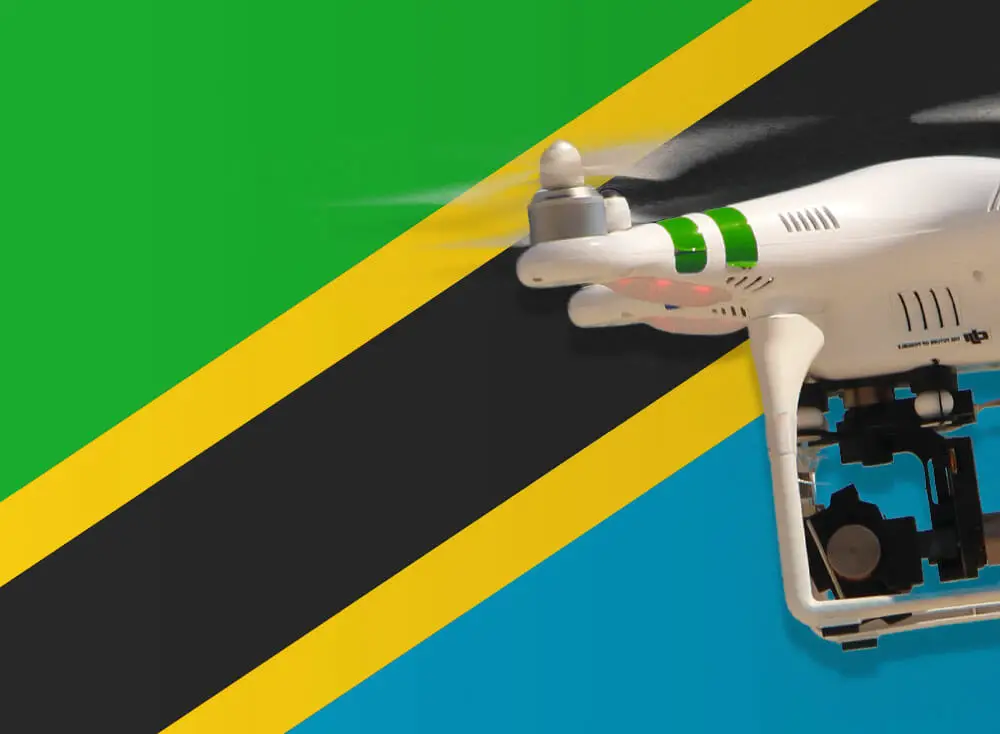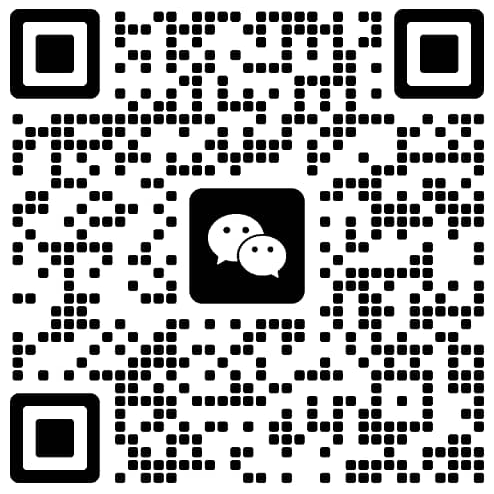Ever considered how drone technology is transforming industries worldwide? Tanzania, known for its stunning landscapes and diverse wildlife, is embracing this innovation. However, before you launch your drone over the Serengeti, it’s crucial to understand the regulations in place.
In Tanzania, drone operations are regulated by the Tanzania Civil Aviation Authority (TCAA). A permit is mandatory for both recreational and commercial drone use. Interestingly, with the right documentation, flying a drone can open up extensive opportunities for aerial photography and conservation efforts in the country.

Regulations for Flying Drones in Tanzania
Tanzania has specific rules when it comes to flying drones. The Tanzania Civil Aviation Authority (TCAA) oversees these regulations to ensure safety and order. If you want to fly a drone, you must get a permit from the TCAA. This is necessary for both personal and commercial use. Flying without permission can result in strict penalties.
Several key requirements must be met to fly legally. First, you need to complete an application form from the TCAA. It also requires you to submit identification and details about your drone. Additionally, operators must ensure that their drones are registered. These steps ensure drones can be identified and regulated effectively.
Some zones in Tanzania are considered no-fly areas. These include national parks and areas around airports. Flying drones in populated or sensitive areas, like government buildings, is also restricted. These rules are designed to protect privacy and security. Violating these zones can lead to severe consequences.
Following the regulations helps maintain safety and harmony. For example, drones can capture the beauty of Tanzania during a Tanzania safari, adding a new perspective to tourism. Respecting these rules ensures everyone can enjoy the technology responsibly. As the use of drones increases, adhering to regulations will become even more vital.
Understanding the Legal Framework
The legal framework for flying drones in Tanzania is established by the Tanzania Civil Aviation Authority (TCAA). The TCAA sets out the rules and guidelines to ensure safe and responsible drone operations. It’s important to know these rules before you fly. Operators need to be aware of their responsibilities. The rules help prevent accidents and protect privacy.
The regulations cover various aspects of drone operation. This includes where drones can be flown and how high they can go. The maximum altitude for drone flights is generally restricted to 400 feet. Any violations of these altitude restrictions can result in penalties. The rules also address the need for maintaining a line of sight with the drone during flight.
For both recreational and commercial drone pilots, obtaining permits is essential. The process involves submitting detailed applications to the TCAA. These applications must include information about the drone and its intended use. Also, proof of registration and operator identification is required. Getting the permits ensures compliance with the law.
Understanding these regulatory requirements will help you avoid legal troubles. For instance, knowing the no-fly zones is crucial. These areas are often near airports and sensitive locations. Using drones responsibly ensures that the benefits of this technology can be fully realized. This approach helps balance innovation with public safety.
Required Permits and Registrations
To fly a drone in Tanzania, obtaining the right permits is crucial. Whether for recreational or commercial use, you need to apply through the Tanzania Civil Aviation Authority (TCAA). The application process is straightforward but requires attention to detail. It involves filling out forms and submitting necessary documents. Without the right permits, flying a drone is illegal.
Part of the permit process includes registering your drone. Registration helps authorities keep track of the drones in use. This registration requires you to provide information about the drone model, its purpose, and your contact details. It helps in case there are any issues or incidents involving the drone. Keeping registrations up-to-date is important for compliance.
When applying for a permit, you must also submit a flight plan. This plan outlines where and when you intend to fly the drone. It’s necessary for managing airspace and ensuring drone operations are safe. Attach a copy of your ID and proof of registration to the application. Complete applications are processed more quickly.
Following these steps ensures your drone activities are legally compliant. It’s especially important if you plan to capture aerial footage during a Tanzania safari. Adhering to these requirements avoids fines and promotes safe flying practices. Always check for any updates in the regulations to stay informed.
No-Fly Zones and Safety Precautions
No-fly zones in Tanzania are areas where drones are not allowed to operate. These zones are set to protect sensitive locations and ensure public safety. National parks, like Serengeti, often have these restrictions. These areas protect wildlife and prevent disturbances. Violating no-fly zones can lead to hefty fines.
Apart from national parks, areas around airports are also restricted. Drones can interfere with aircraft operations, making these zones critical. Within a certain distance from airports, drone flying is strictly prohibited. It’s important to know the exact coordinates of no-fly zones before flying. Staying updated with these areas helps maintain safety.
Residential areas often have specific rules too. Flying over people’s homes can invade privacy and lead to complaints. Always ensure that you have permission if you need to fly a drone in such areas. Maintain a respectful distance from private properties. These precautions help create a harmonious environment for both drone operators and residents.
To ensure your safety, follow the Tanzania Civil Aviation Authority’s guidelines. Keep your drone within your visual line of sight at all times. Avoid flying at night unless you have special permission. The maximum allowable altitude is usually set at 400 feet. Sticking to these limits reduces the risk of accidents.
Using drones responsibly also involves regular maintenance checks. Ensure your drone is in good condition before each flight. Check the battery levels, propellers, and other critical parts. Regular updates to the drone’s software are essential. This proactive care helps prevent malfunctions during flight.
Equip your drone with safety features like collision avoidance systems if possible. Modern drones offer technological advancements for safer flights. These systems help detect and avoid obstacles automatically. Following these guidelines can make your drone flying experience both enjoyable and safe. Always prioritize safety to make the most of your drone adventures in Tanzania.
Opportunities for Drone Usage in Tanzanian Tourism and Conservation
Drones have revolutionized the tourism industry in Tanzania. Tourists can now capture breathtaking aerial views of stunning landscapes. This technology offers new perspectives and enhances the travel experience. From the vast plains of the Serengeti to the heights of Mount Kilimanjaro, drones provide unique visual memories. It also boosts local businesses offering drone tours and photography services.
In conservation efforts, drones play a vital role in monitoring wildlife. They help in tracking animal movements and detecting poaching threats. Drones provide real-time data that supports conservation strategies. This innovation allows researchers to access remote areas safely. It has significantly improved the effectiveness of conservation projects.
Drones also contribute to aerial mapping and surveying. They offer precise and detailed geographic data. This information is essential for planning and managing conservation areas. It helps in understanding terrain and vegetation patterns. Efficient surveys using drones save time and reduce costs.
For promotional activities, drones create captivating media content. High-quality aerial footage can be used in marketing campaigns to attract tourists. These visuals highlight Tanzania’s natural beauty more effectively. They help draw international attention to the country’s tourist destinations. This boost supports the local economy by increasing visitor numbers.
Drones aid in infrastructure inspections as well. They are used to monitor the condition of roads, bridges, and buildings. It ensures safety and helps in maintaining tourist facilities. Regular drone inspections provide early warnings about potential issues. This proactive approach ensures uninterrupted services for tourists.
Overall, the integration of drones in tourism and conservation presents exciting opportunities. By leveraging technology, Tanzania can continue to innovate and thrive. It enhances visitor experiences and protects natural resources simultaneously. The future looks promising with the ongoing advancements in drone technology. Tanzania sets an example for sustainable tourism and conservation efforts globally.
Best Practices for Drone Photography and Videography
Drone photography and videography require skill and planning to capture the best shots. Always start by scouting the location beforehand. This helps in identifying key areas and potential obstacles. Prepare a shot list to organize your workflow. Plan your flights during golden hours for the best light.
Adjust your camera settings carefully to achieve optimal results. Use manual settings for better control over exposure, ISO, and shutter speed. Experiment with different angles and heights. High-resolution images and 4K video can make your content stand out. Always review your footage on-location to ensure quality.
Maintain a stable flight to avoid shaky footage. Use the drone’s gimbal to keep the camera steady. Gentle movements result in smoother videos. Avoid sudden jerks and fast panning. Practice flying to improve maneuvering skills.
Editing is crucial in enhancing the final output. Use video editing software to trim, color grade, and add effects. Minor tweaks can significantly improve the visual appeal. Organize your clips and photos methodically. Share your edited work on social media platforms or travel blogs.
Follow all safety and legal guidelines while shooting. Respect no-fly zones and people’s privacy. Obtain necessary permits like mentioned here is the article. Your awareness contributes to responsible drone usage. Keeping these practices in mind will elevate your drone photography and videography to the next level.
Key Takeaways
- You can fly drones in Tanzania with the right permits.
- Permits are required for both recreational and commercial use.
- No-fly zones include national parks and areas near airports.
- Tanzania Civil Aviation Authority regulates drone use.
- Following regulations ensures safe and legal drone activities.

